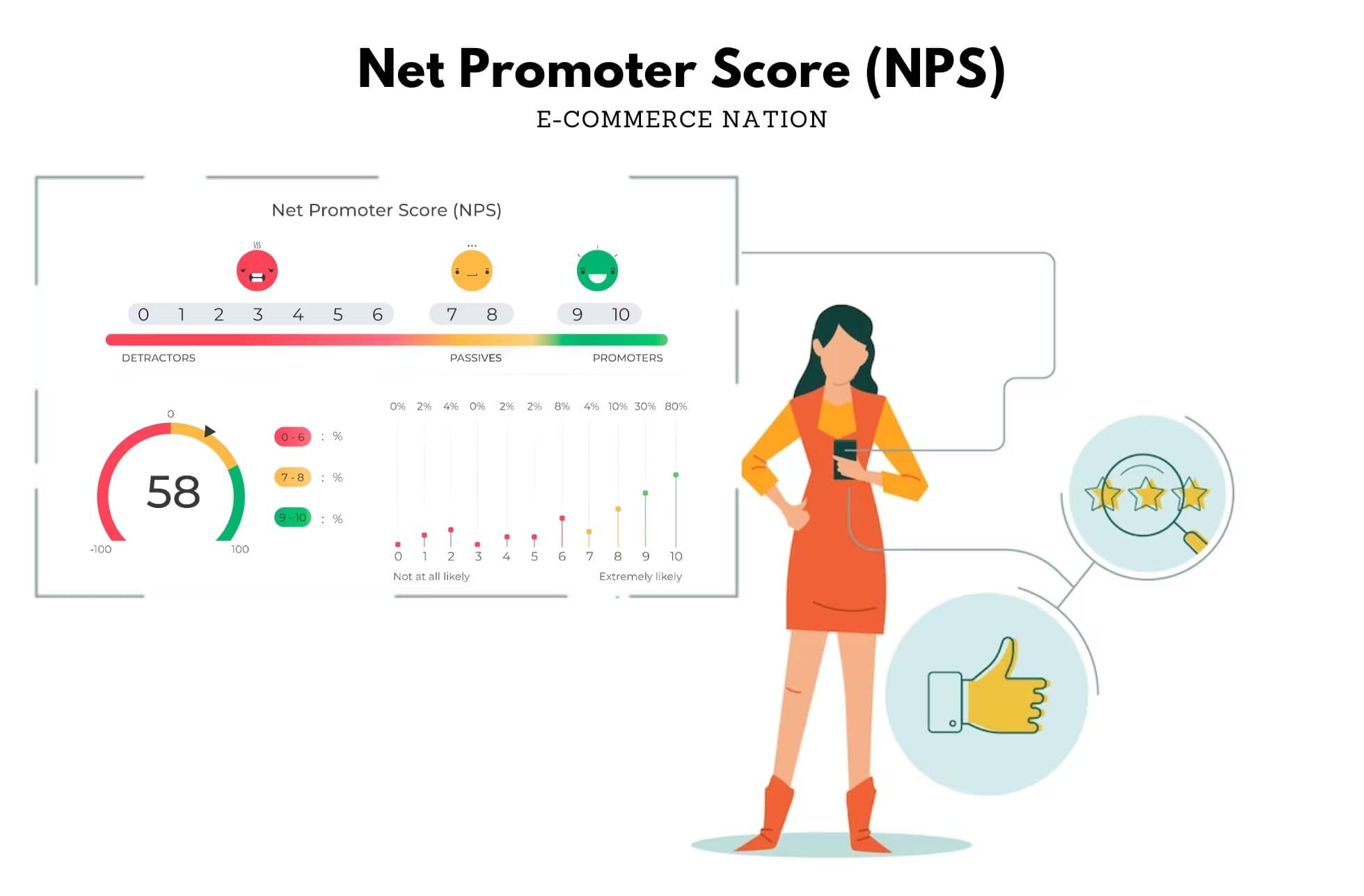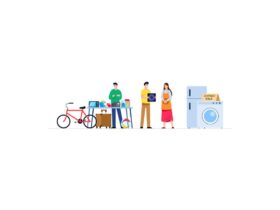In the ongoing conversation of the best conversion methods, eCommerce sites are constantly looking for the answer to the problem of abandoned carts. And with good reason – it’s estimated that the abandoned cart rate might be as high as 70%. This is why you need conversion optimization. Here’s the thing – you can’t pinpoint one, single reason why customers leave shopping mid-process. If it were that simple, everyone would have a 100% success rate once customers entered their site.
The truth is that people leave your site before finalizing a purchase for a number of reasons. You can address problems that are well known. But addressing the issues that rate high in marketing studies will only take you so far. You need to tailor your site to your target audience.
Your consumer might cite a number of reasons for why they didn’t complete a purchase. Those are only the reasons the shoppers pinpoint consciously. A lot of people don’t think about why they left a site. So it’s up to you, as the marketer, to address the issues they don’t even think about and apply your conversion optimization.
If they don’t know why they didn’t buy, how can you?
The best techniques to improve your abandoned cart results come from studying your own customer behavior AND the results of marketing studies. This holistic approach should help you cater to those visitors whose preferences correspond with overall marketing statistics.
As a marketer, you’ll develop techniques to garner information about your customer from a plethora of different places. A/B testing lets you use those techniques to collect information that helps you judge the effectiveness in a real way, making changes that matter.
A/B Testing Techniques that Complement Cart Abandonment Efforts and Conversion Optimization
If the question is, “How do you know which aspects to change to improve conversion?”, the answer should be A/B testing. There is data to support making generic changes, but the results that you’ll get from A/B testing your site will show you how to pinpoint the best techniques for your unique consumer, in real time, trying multiple methods.
Not only will deploying conversion optimization practices on your website help in getting more customers through the checkout while they’re on your site, but the information you gain on your shoppers can also help you recover a significant amount of lost revenue from shoppers that leave your site without making a purchase.
Here are a few tips that will help you both improve on-site conversion & re-engage shoppers once they’ve left without purchasing.
Simplifying Forms and Prioritizing Email.
- On-site: Traditionally, customers want the fields they need to fill out to be as simple as possible, it is a part of the conversion optimization process. They don’t want to waste a lot of time and, often, they don’t want to give out a ton of information. Testing these forms can help you hit the sweet spot between garnering information on your customer and, frankly, annoying them. Test whether changing fields from mandatory to optional makes a difference in conversion.
- Off-site: Consider running a test where the email address is captured earliest in the checkout process. If you’re using a cart abandonment tool that captures email addresses in real-time, this will boost the number of emails you capture, allowing you to send more reminder emails to your abandoning shoppers.
Improving Content with Product Reviews.
- On-site: Cultivating your product reviews can tell you what your customers appreciate about your products and service. This gives you a helpful direction to go in when revising your content – hitting the points that your key customer prioritizes as important. You can use A/B testing to help you modify which points resonate the most in conversion.
- Off-site: Once you identify a formula for product reviews that result in more conversions, try including these in your cart abandonment email campaigns. Remember that, while the overall goal is to convert this shopper to a customer, the average customer interacts with at least 5 pieces of content before making a purchase.
Testing Between Different Checkout Offers.
- On-site: We already know that many customers leave sites at the checkout because they didn’t account for the shipping costs when they decided to purchase. This is one of the biggest reason you need a batter conversion optimization politics. There are a number of ways to handle this. Some eCommerce sites offer a percentage off of the total price. Some might offer free shipping. Some find that transparency is the key – simply making sure to boldly state the extra costs in advance so that customers come to the checkout with that extra cost in mind. Testing between these methods will give you a clearer picture of which offers cultivate a better response.
- Off-site: Once you have an idea of which offers help on-site visitors convert, you can use this information in your abandoned cart follow-up campaigns as well. Including a coupon or promo code, shipping discount or other offers can often be the deciding factor between a successful & unsuccessful cart abandonment email campaign. And while some businesses are wary of sending out coupons to regain customers, remember this: You’re not just recovering a one-time sale. You’re recovering what could be a new customer for life. So it might be worth it to give them a discount, get them in the door, and turn them into a new member of your raving fan club for years to come.
Visual Content: Images, Button Colors and Fonts.
- On-site: These are often the most touted design tweaks because they often show more conversion than you’d guess. Over two-thirds of consumers claim eye-catching images influenced their purchasing decisions and choosing the right images could get you a 40% boost in conversion right off the bat! So be sure to test different images and image styles as the features & subsequent images in a rotation to determine what your shoppers most like seeing.
The color of your action button also makes a big difference for the user. But there isn’t one color that works best across the board. Just like there’s not one universal font. Using A/B testing you can check small differences in font and color and how they interact with the overall design and layout of your site. Sometimes a small change of shade can make a marked difference in conversion. (Hint: Try using a sans-serif font anywhere there is body or paragraph copy. It’s much easier on the eyes.) - Off-site: Once you determine the image & color combinations most pleasing to your audience, be sure to make this carry over into your cart abandonment follow-up campaigns. Use the same images that your shoppers saw while on your website & keep the look and feel congruent from the first-to-last touch. This will ensure your shoppers the experience you’ve worked so hard to cultivate for them and continue to employ the A/B split testing tactics you’ve found to have the biggest effect on conversion.
Bonus Tip: Review Abandoned Session Replays
Since there are thousands of reasons your customers may not be converting right away and another thousand things you could try testing on your website, it’s easy to get overwhelmed when tackling the concept of A/B testing.
So, in conjunction with A/B testing tools, it’s a good idea to also use a tool like Mouseflow to review your shoppers’ behavior through session recordings & heatmaps. This will help you to really determine the true reasons shoppers are leaving your site without converting by showing you were your shoppers spend the most time, where they click most often & what things are causing the highest percentage of website dropoff.
Not many retailers realize how important the data captured from A/B testing can be. With a comprehensive plan in place to tackle cart abandonment, following these tips & using the data found to boost cart abandonment results should help you get the highest return and the best results for the least amount of work up front.




